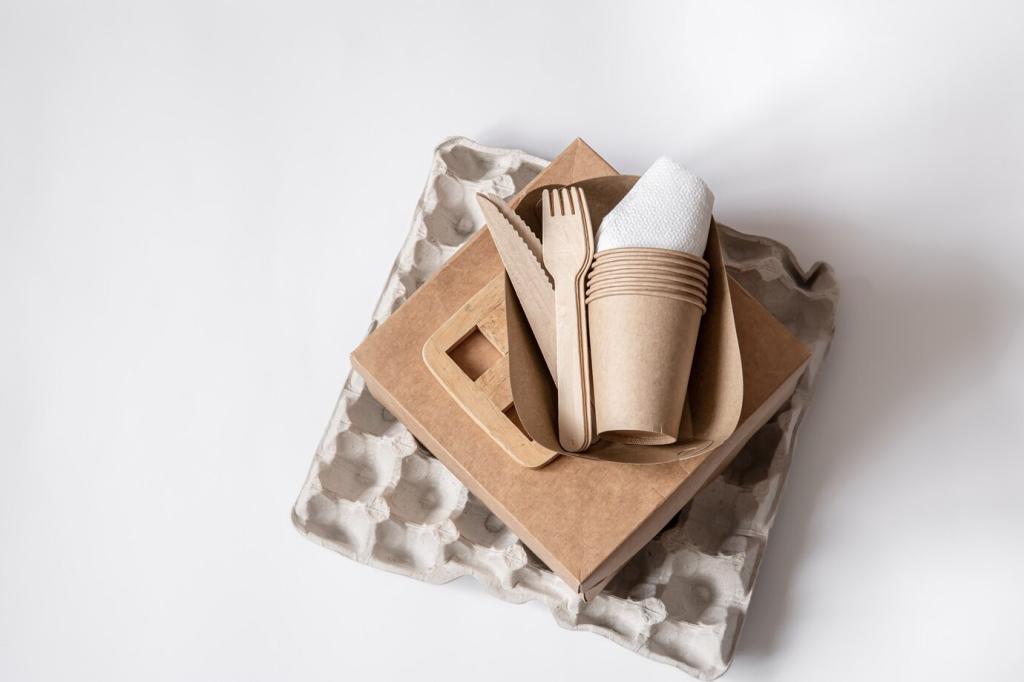Crafting a capsule wardrobe represents a mindful approach to fashion, centered on selecting a curated collection of versatile, timeless garments. When sustainability enters the equation, the impact goes well beyond personal style, influencing environmental responsibility and ethical consumer choices. Building a capsule wardrobe with sustainable pieces is not just about minimizing clutter, but about embracing quality, longevity, and practices that support a healthier planet and people. This guide explores the essential steps and considerations involved in designing a sustainable capsule wardrobe, from defining your needs and values to selecting brands that align with your ethics—all while maintaining an effortlessly chic look.
Defining Your Personal Style and Wardrobe Needs
Understanding what truly resonates with your sense of style is the foundation of a thoughtful capsule wardrobe. Take time to consider silhouettes, colors, and textures that naturally make you feel confident and at ease. Look back at your favorite outfits and pinpoint recurring themes—maybe it’s simple monochromes, relaxed tailoring, or a penchant for functional, statement accessories. Reflecting on the clothing that brings you the most comfort and satisfaction can help you create a wardrobe full of pieces you’ll want to wear repeatedly. Defining a clear style direction also guards against impulse purchases, especially when considering pricier sustainable pieces, by ensuring you select clothing that fits seamlessly into your daily life.
A successful capsule wardrobe reflects the realities of your lifestyle, not just abstract style goals. Take inventory of your daily and weekly activities to determine the type of attire you require most. Consider your work environment, leisure activities, and any special requirements such as travel or physical activity. For example, if your week consists mainly of office settings, tailored separates in sustainable fabrics may be prioritized. If you work from home or frequently run errands, you may favor comfortable yet polished basics. This targeted assessment enables you to invest in versatile sustainable pieces that serve your real needs, maximizing wearability and satisfaction.
With a clear sense of your own style and daily requirements, you can accurately identify what’s missing from your current wardrobe. This involves an honest closet audit: set aside what you wear most and assess how well these items align with your sustainability goals. Are there key essentials—like organic cotton tees, recycled-denim jeans, or a weatherproof ethical jacket—you repeatedly wish you owned? Noticing where your wardrobe falls short helps you set clear, purposeful intentions when introducing new, sustainable pieces. This methodical approach stops duplicate purchases, focuses your search, and ensures that every piece brought in earns its place through regular use.
Choosing Sustainable Fabrics and Brands
Understanding Eco-Friendly Fabrics
Navigating sustainable fabrics involves more than just reading tags—it means evaluating whole supply chains and understanding material lifecycles. Natural fibers like organic cotton, linen, hemp, and TENCEL™ offer reduced water footprints and are often grown without harmful pesticides. Recycled fibers like regenerated nylon and polyester give new life to old textiles and post-consumer waste. Each fabric presents unique advantages, from breathability and durability to minimizing chemical usage. Investing in garments made from these materials ensures your capsule wardrobe remains both gentle on the planet and durable for everyday wear, making every piece a long-term addition rather than a fleeting trend.
Evaluating Brand Ethics and Transparency
Sustainable fashion goes beyond fabric choices—it’s about supporting brands that are genuinely committed to positive change. Research brands for clear, transparent information about their production processes, labor conditions, and eco-initiatives. Seek companies that publicly share their sourcing, manufacturing locations, and environmental goals. Pay attention to certifications like Fair Trade, Global Organic Textile Standard (GOTS), or B Corp, as these offer additional reassurance. Opting for brands with a track record of ethical practices not only assures better-quality garments but also contributes to fairer working conditions and a smaller environmental footprint with each purchase.
Prioritizing Quality and Longevity
Sustainability in your capsule wardrobe relies deeply on choosing quality garments built to withstand regular use and multiple wash cycles. High-quality construction translates to fewer purchases over time, reducing overall consumption and waste. Examine details like reinforced seams, sturdy buttons, and strong zippers—hallmarks of well-made clothing likely to outlast fast-fashion items. Sustainable capsules favor timeless styles over fleeting trends, ensuring each piece remains relevant season after season. By investing in longevity, you not only lower your wardrobe’s impact on the planet but also enjoy the ease and elegance of a reliably functional closet.
Creating Versatile Outfit Combinations
A cohesive color palette is key to a harmonious capsule wardrobe, offering seamless pairing of separates across outfits. Stick to a foundation of neutral hues—think blacks, navies, grays, and earthy tones—before adding select accent colors that reflect your personality. Consistency in your color choices creates more harmonious combinations and minimizes clashing hues, making it easy to transition outfits from day to night. When building sustainable wardrobes, mindful color selection also means pieces look fresh longer, as you’ll be less tempted to chase fleeting shades that fade from relevance. The result is a wardrobe that feels intentional and polished, regardless of how many pieces you own.

